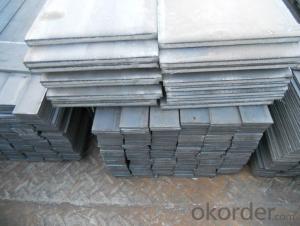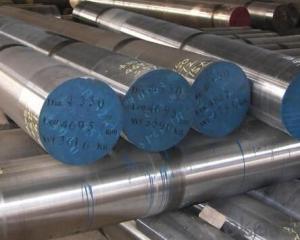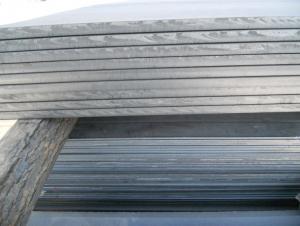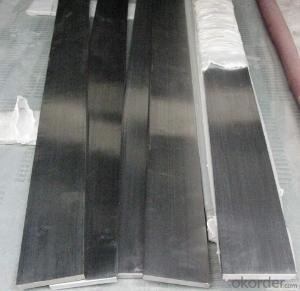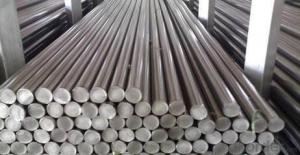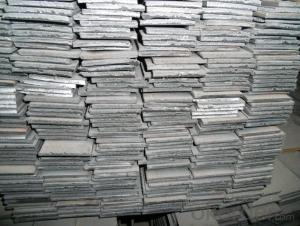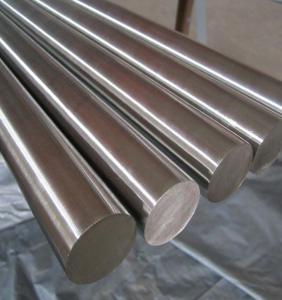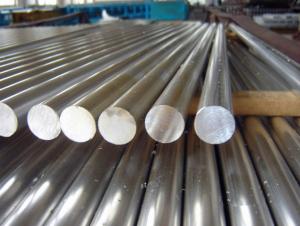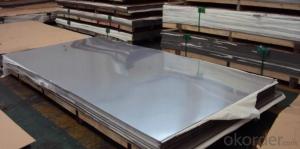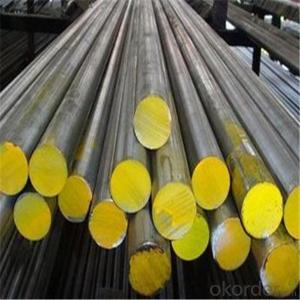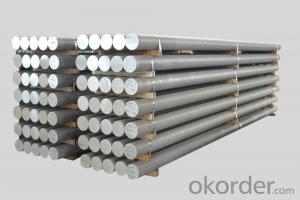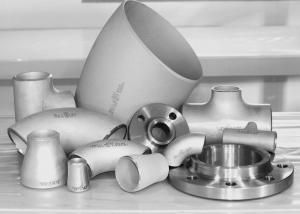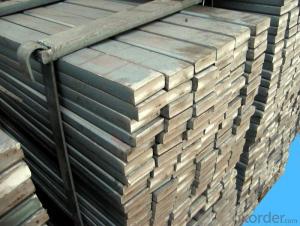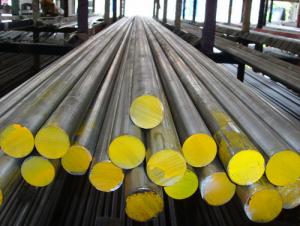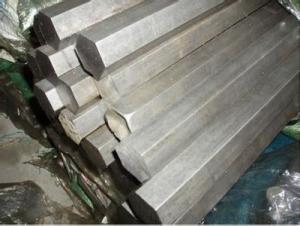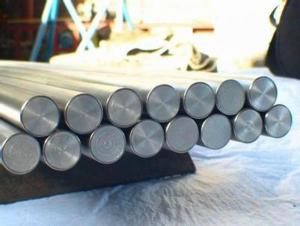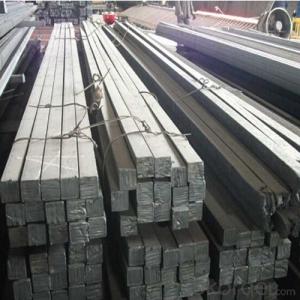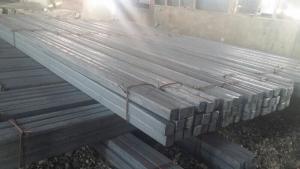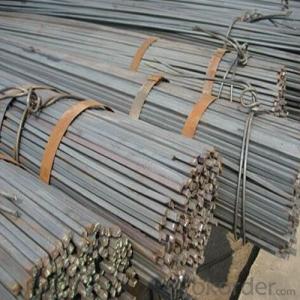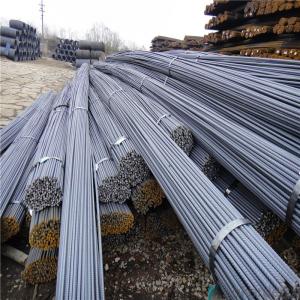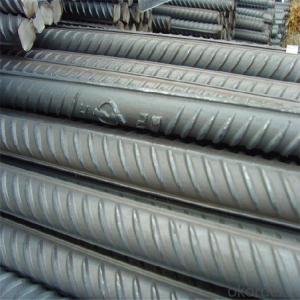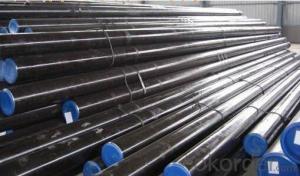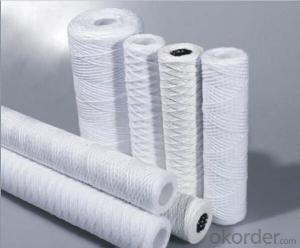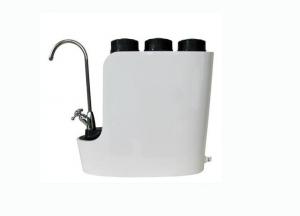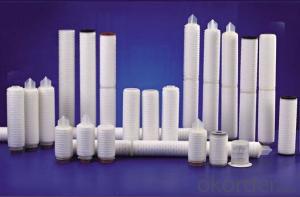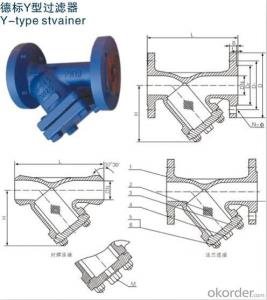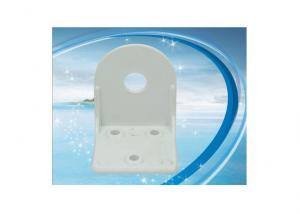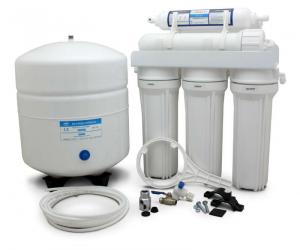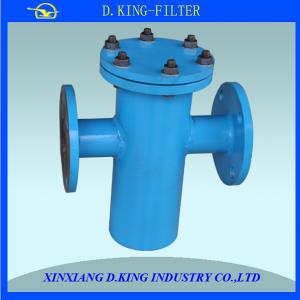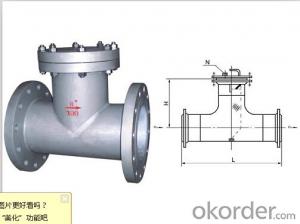Stainless Steel Bars
Stainless Steel Bars Related Searches
Stainless Steel Barstools Stainless Steel Bar Top Stainless Steel Bar Stool Stainless Steel Square Bar Bar Stool Stainless Steel Stainless Steel Towel Bar Stainless Steel Barstool Stainless Steel Soap Bar Stainless Steel Doors Stainless Steel Tubes Stainless Steel Strips Stainless Steel Plates Stainless Steel Wires Stainless Steel Pipes Stainless Steel Grab Bar Stainless Steel Barbell Stainless Steel Balls Stainless Steel Pins Stainless Steel Rods Stainless Steel Pads Stainless Steel Straps Stainless Steel Materials Stainless Steel Brakes Stainless Steel Metals Stainless Steel Counters Stainless Steel Tiles Stainless Steel Shelves Stainless Steel Boxes Steel Deformed Bar Stainless Steel HardwareStainless Steel Bars Supplier & Manufacturer from China
Stainless Steel Bars are a type of metal bar made from stainless steel, which is known for its corrosion resistance, durability, and strength. These bars are manufactured in various grades and sizes to cater to different industries and applications. They are widely used in construction, automotive, aerospace, and food processing industries, among others, due to their ability to withstand harsh environments and maintain their integrity over time. Stainless Steel Bars are also appreciated for their aesthetic appeal, making them a popular choice for architectural and decorative purposes.In terms of usage, Stainless Steel Bars are employed in a multitude of applications, including structural support, mechanical components, and tools. They can be found in bridges, buildings, and various types of machinery where their high strength-to-weight ratio and resistance to corrosion are critical. Additionally, their non-magnetic properties make them suitable for use in environments where magnetic fields could interfere with the functionality of equipment. Stainless Steel Bars are also used in the production of kitchen utensils, surgical instruments, and other items that require a high level of cleanliness and resistance to staining.
Okorder.com is a prominent wholesale supplier of Stainless Steel Bars, boasting a vast inventory that caters to the diverse needs of customers across various sectors. With a commitment to quality and customer satisfaction, Okorder.com ensures that the Stainless Steel Bars they provide meet the highest industry standards. Their extensive range of products includes bars in different grades, such as 304, 316, and 410, each with its own unique properties and applications. This makes Okorder.com a one-stop-shop for businesses and individuals seeking high-quality Stainless Steel Bars for their specific projects or requirements.
Hot Products
